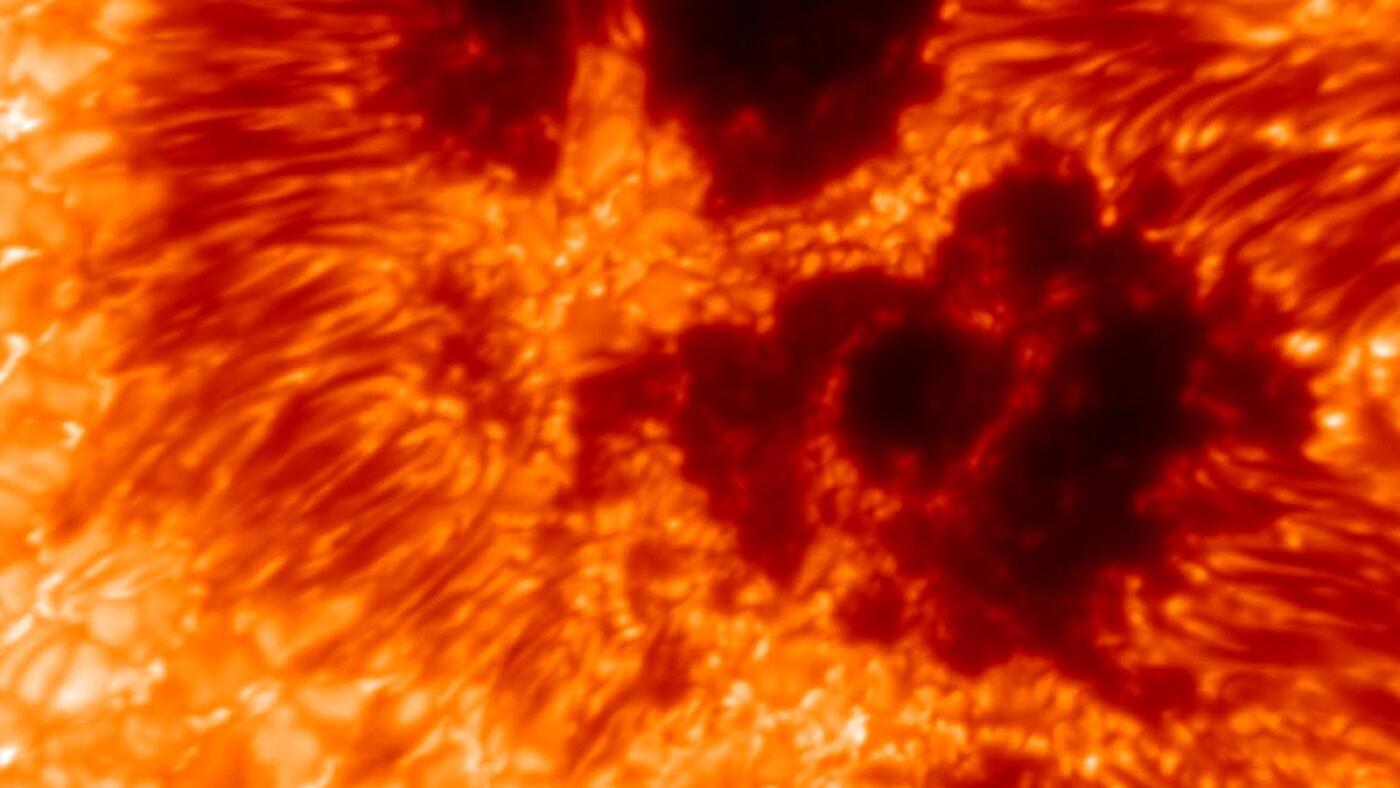The Evolution of Solar Storm Prediction: How Technology Is Changing the Game
Introduction
The sun, our closest star, is a dynamic and sometimes volatile celestial body. While it provides the energy that sustains life on Earth, it also produces solar storms—powerful eruptions of energy and particles that can disrupt satellites, power grids, and communication networks. Predicting these storms has long been a challenge, but recent advancements in solar observation, artificial intelligence (AI), and modeling techniques are revolutionizing our ability to forecast space weather with unprecedented accuracy.
This report explores the cutting-edge technologies transforming solar storm prediction, from high-resolution telescopes to machine learning algorithms. By understanding these innovations, we can better prepare for and mitigate the effects of solar storms, safeguarding critical infrastructure and modern technology.
The Power of Advanced Solar Telescopes
The Daniel K. Inouye Solar Telescope (DKIST)
One of the most groundbreaking tools in solar observation is the Daniel K. Inouye Solar Telescope (DKIST), the world’s largest and most powerful solar telescope. Perched atop Haleakalā, a dormant volcano in Hawaii, DKIST captures incredibly detailed images of the sun’s surface, revealing intricate structures like sunspots and magnetic fields.
What makes DKIST so revolutionary?
– Unprecedented Resolution: Its high-resolution imaging allows scientists to study the sun’s surface in finer detail than ever before.
– Visible Tunable Filter (VTF): This instrument measures the sun’s magnetic fields, helping researchers understand the forces that drive solar eruptions.
– Coronal Magnetic Mapping: By analyzing the sun’s corona, DKIST provides insights into the processes that trigger solar storms.
These capabilities are not just for stunning visuals—they are critical for improving space weather forecasts.
AI and Machine Learning: The Future of Solar Forecasting
The Rise of Predictive AI Models
While telescopes like DKIST provide the data, artificial intelligence (AI) and machine learning are transforming how we interpret it. AI models trained on decades of solar activity can now predict solar storms with remarkable accuracy.
One standout example is the DAGGER model, developed by researchers in India. This AI system can forecast solar storms more than 24 hours in advance, giving scientists and engineers crucial lead time to prepare.
How does AI improve solar storm prediction?
– Pattern Recognition: Machine learning algorithms analyze historical solar data to identify precursors to eruptions.
– Real-Time Analysis: AI can process vast amounts of data faster than humans, enabling quicker and more accurate predictions.
– Adaptive Learning: As AI models ingest new data, they continuously refine their forecasts, improving reliability over time.
The integration of AI with traditional solar observation is a game-changer, making space weather forecasting more precise than ever.
Coronagraphs: Peering Into the Sun’s Corona
The Role of Coronagraphs in Solar Storm Detection
Another essential tool in solar storm prediction is the coronagraph, an instrument that blocks the sun’s bright surface to reveal its outer atmosphere, the corona. This is where coronal mass ejections (CMEs)—massive bursts of solar wind and magnetic fields—originate.
Recent advancements in coronagraph technology, such as those used by DKIST, provide:
– High-Resolution Imaging: Clearer views of solar eruptions as they develop.
– Early Detection: The ability to spot CMEs before they reach Earth, allowing for timely warnings.
– Improved Magnetic Field Analysis: Better understanding of how magnetic reconnection triggers solar storms.
By combining coronagraph data with AI analysis, scientists can now track solar storms from their inception to their potential impact on Earth.
Innovative Models and Techniques
New Approaches to Predicting Solar Activity
Beyond AI and telescopes, researchers are developing new models and techniques to refine solar storm predictions.
NASA’s Solar Wind Escape Model
This model examines how solar wind particles accelerate away from the sun, helping scientists predict how solar storms propagate through space.
Coronal Loop Brightness Analysis
Developed by researchers at the University of Graz, this method predicts solar flares with 60-80% accuracy by analyzing brightness variations in coronal loops. It provides a 2-6 hour warning window, crucial for emergency preparedness.
These innovations complement traditional methods, creating a multi-layered forecasting system that enhances reliability.
The Importance of Early Warning Systems
Protecting Earth’s Infrastructure
Accurate solar storm predictions are not just academic—they are vital for protecting modern society.
– Power Grids: Early warnings allow operators to implement protective measures, preventing blackouts.
– Satellites: Spacecraft can be put into safe mode to avoid damage from radiation.
– Aviation: Airlines can reroute flights to avoid high-altitude radiation exposure.
With improved forecasting, governments and industries can take proactive steps to minimize disruptions.
Conclusion: A New Era in Solar Storm Prediction
The future of solar storm forecasting is brighter than ever, thanks to advanced telescopes, AI-driven models, and innovative detection techniques.
– DKIST provides unprecedented solar imaging.
– AI models like DAGGER offer earlier and more accurate predictions.
– Coronagraphs and new analytical methods enhance our understanding of solar eruptions.
As these technologies continue to evolve, we move closer to a world where solar storms are no longer unpredictable threats but manageable events. This progress isn’t just about science—it’s about protecting our technology-dependent civilization and ensuring a safer future for all.
The sun may be unpredictable, but with these tools, we’re learning to stay one step ahead.











